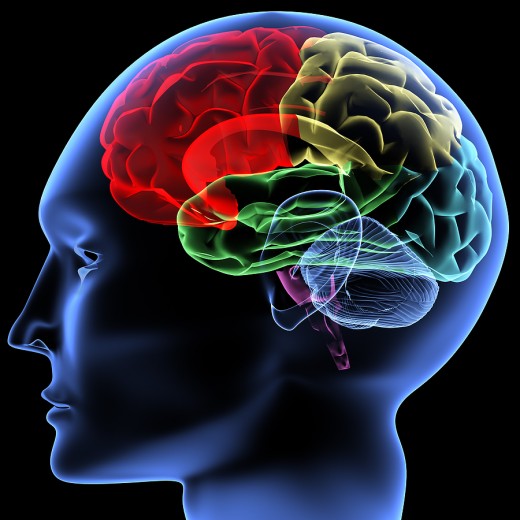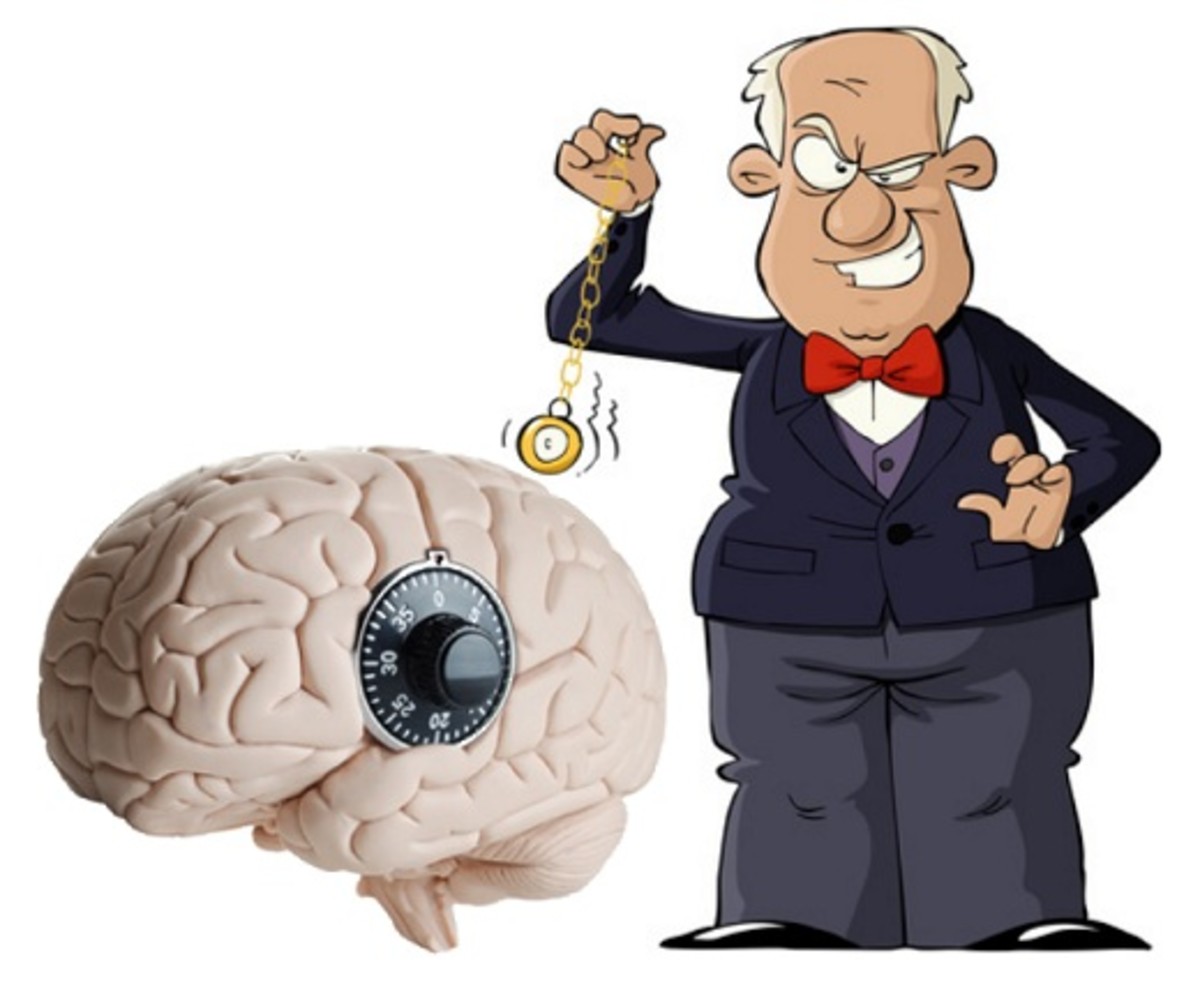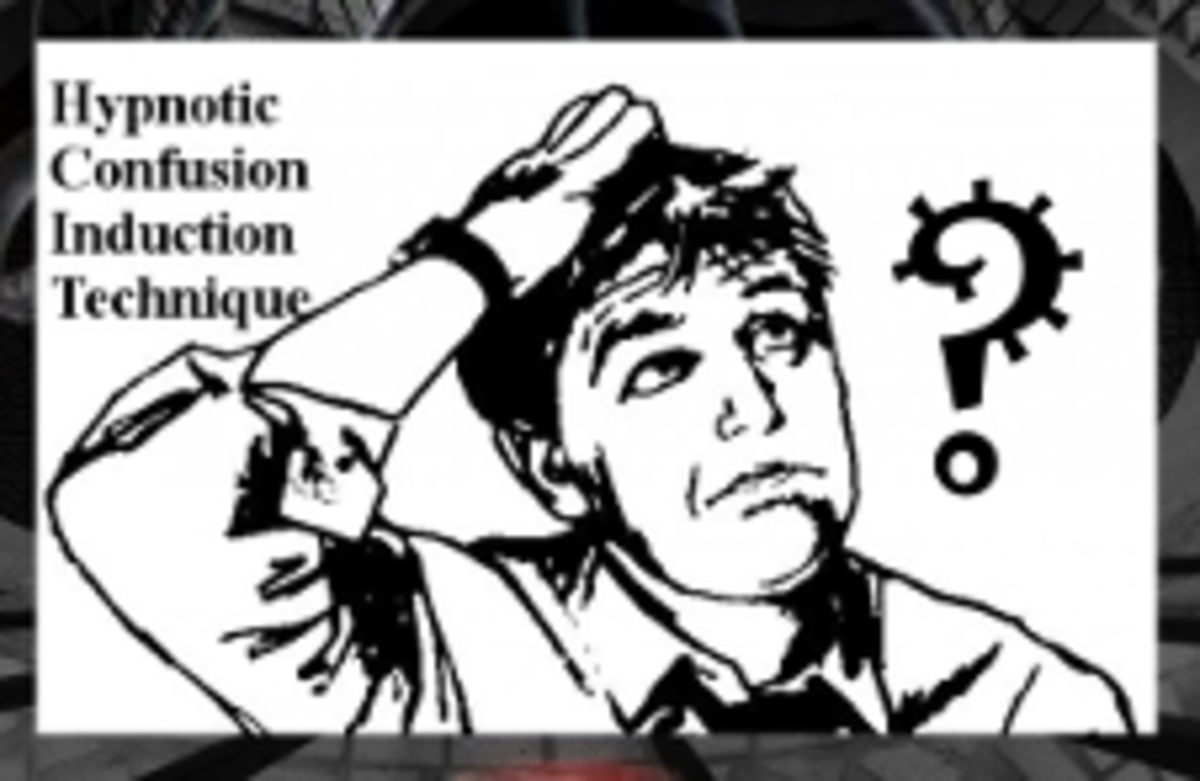How Hypnosis Works
The brain is a very complex thing-magnificently complex!

“Your eyelids are getting heavier and heavier. You’re getting very sleepy. By the count of three you will have fallen into a deep sleep.” This phrase may sound very familiar if you’ve seen any science fiction movies of hypnotists who place their subjects into a deep trance and make them do strange things beyond their control. This is not entirely true. No one can be made to do anything against his or her will, even under hypnosis. Although, it is misunderstood much of the time, it has been discovered that hypnosis is very effective in therapeutic use. As new as it may seem to most of us, hypnosis has been discovered to have quite a few advantages in breaking bad habits and relieving such things as smoking, overeating, anxiety, insomnia and now some studies even suggest certain digestive disorders such as IBS (Irritable Bowel Syndrome). In many cases, self-hypnosis is used when will power is not strong enough.
Hypnosis also is used as a very helpful treatment in rehabilitating stroke victims and relieving the pain of shingles, arthritis and other sources of chronic pain. It also is used to modify the response of the body’s immune system. This doesn’t mean that hypnosis will take the pain of the illness away, but it will help ease the effects by changing the way the brain interprets the messages which are sent because of the pain. This causes the pain, discomfort and sometimes, even the symptoms to be less intensified.
Another advantage hypnosis has is that it can help a person’s self-esteem and can help cure fears or phobias. Many athletes make use of this fact to help “psych” themselves up before a sports event.

Truth about Hypnosis
Although there are many advantages the therapeutic uses of hypnosis, there are also some disadvantages as well. One example of this is the fact that it is very much misunderstood. There are many misconceptions, such as the thought that hypnosis makes one unconscious. In actuality it is an extremely high state of awareness. Because of this, there is no chance of injury, as many people may believe. Another misconception is that subjects don’t remember the experience (which is true only if directed specifically not to remember). Still another is that hypnotized people always tell the truth. This isn’t always the case. Even if a person is under hypnosis, information will not be divulged against the person’s will and the response would be the same as a person not in this state. Basically, if a man is asked a question and doesn’t want to give a truthful answer-he won’t. Another disadvantage to this therapy is that it cannot prevent injury to the physical being of a person. It can only aid in healing by removing or at least reducing the pain. It also must not be used to explore emotional disorders without the assistance of a train professional mental healthcare provider.
METHODS
Many methods can be used to implement this therapy such as audio recording that teach relaxation techniques with specific cues or suggestions. These recordings along with a point of focus (spinning spiral, flashing light) while blocking out other distractions and relaxing one set of muscles after another help induce a hypnotic state. Each method has four basic elements-inducing (trance), deepening (deeper level of trance), suggestion (purpose of trance), coming out (ending trance state).
Evidence reveals only a small percentage of the population cannot be hypnotized due to severe mental challenges. Other studies theorize the possibility that hypnosis may stimulate a release of endorphins that can produce responses in the brain to achieve the desired effect. An example of a typical session includes the four steps and a suggestion to numb the hand. Then, the subject is instructed to transfer that numbness to the area of pain. This same process works with other suggestions such as envisioning a good night sleep, being smoke free or satisfied after eating in moderation.
RESEARCH
Research continues on this mode of therapy and much is still unknown. In fact, until 1775 (when it became recognized by the medical community) it was considered witchcraft. As time goes on and research continues, hypnosis appears to be less of something to fear and more of something to embrace as an aid in the healing process. The more that is discovered the more we all realize that that there is so much more to learn. The brain is a very complex thing-magnificently complex! So, when someone says, “Your problem is all in your head”. It doesn’t necessarily mean it’s not real and in fact, they may just be right!
© 2012 Shawn Holmes









